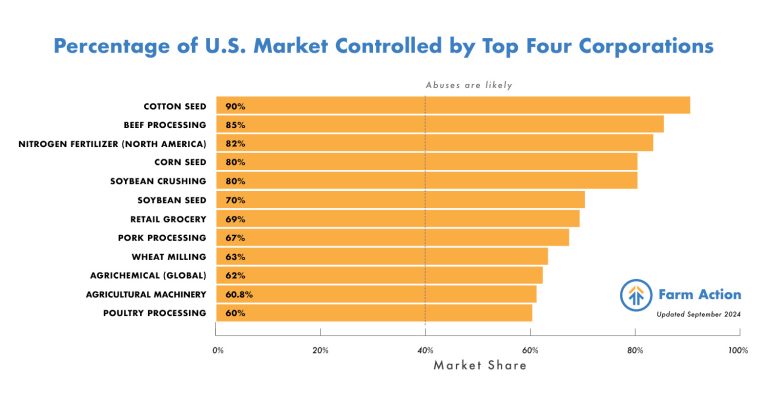
Farm Action Investigation Into Rising Egg Prices Results in Federal Antitrust Probe
Farm Action’s letter to FTC and DOJ lays out new evidence on how the highly concentrated egg industry is ripe for manipulation by the dominant egg firms at the expense of both consumers and smaller egg producers.


